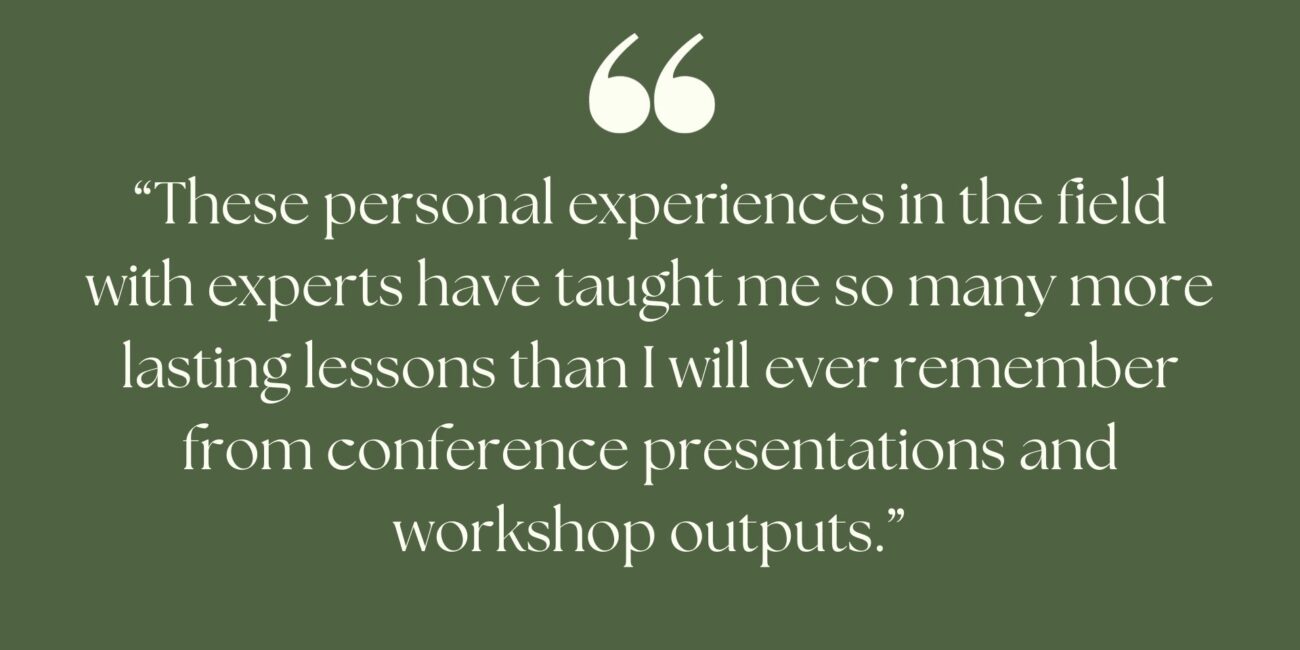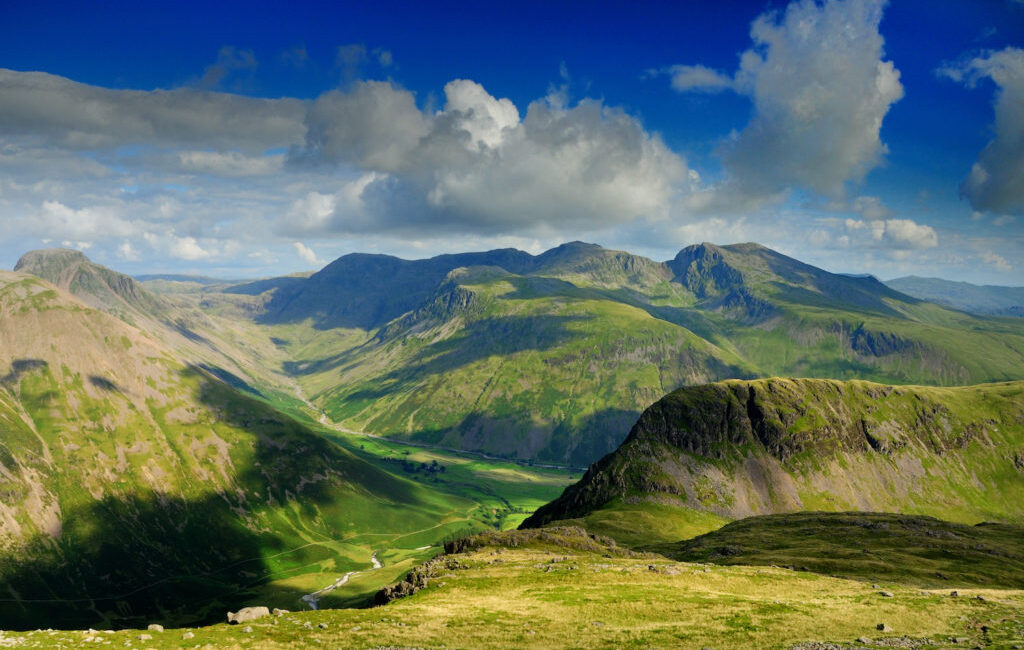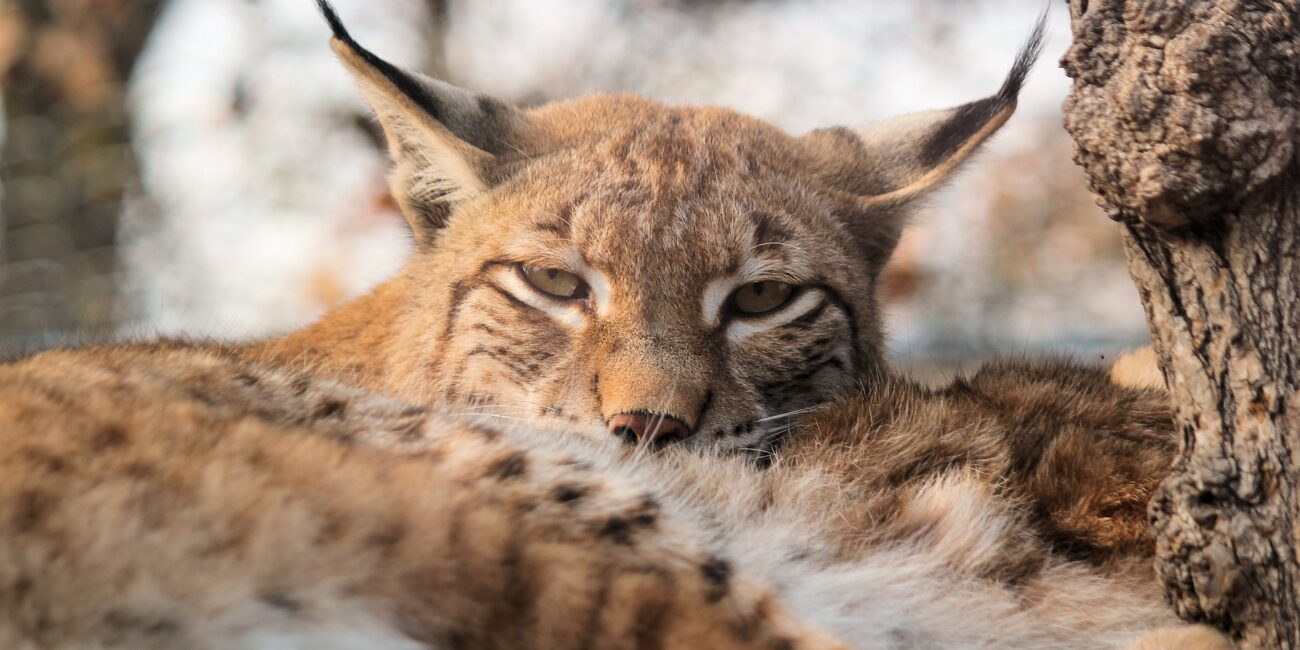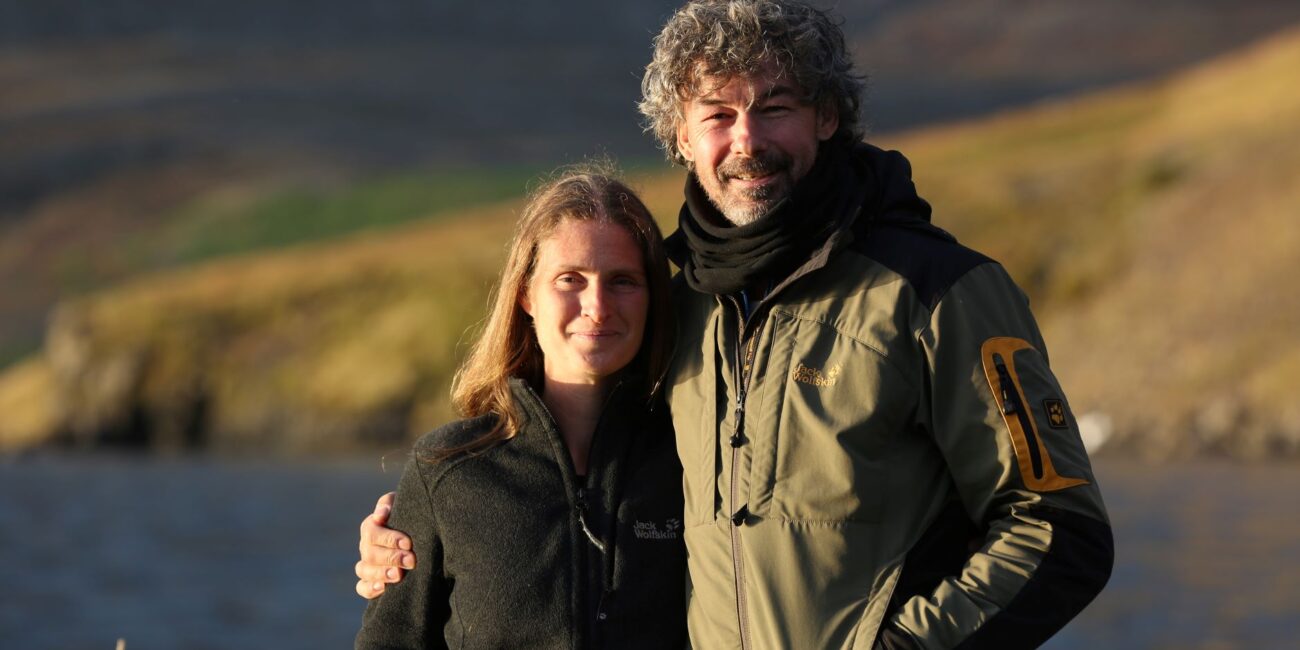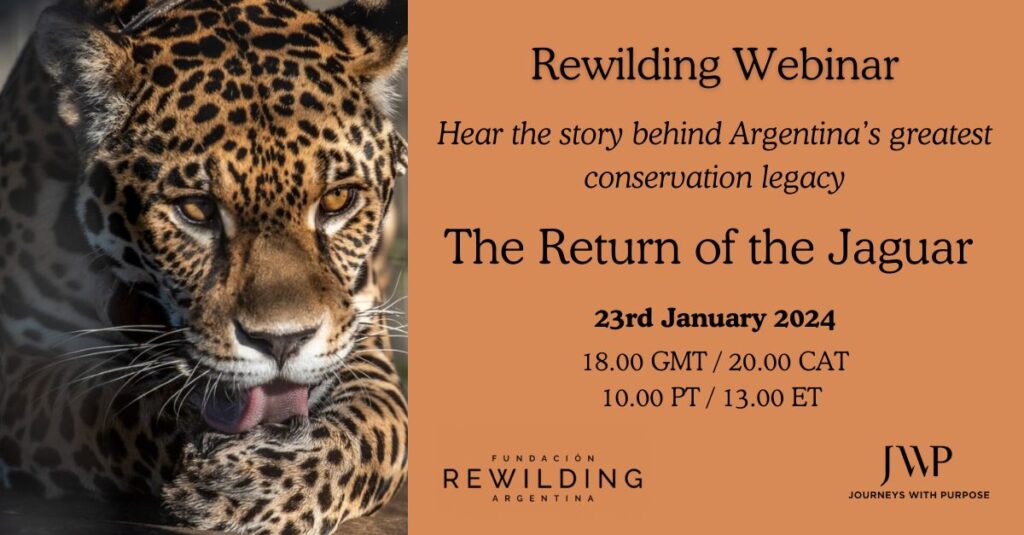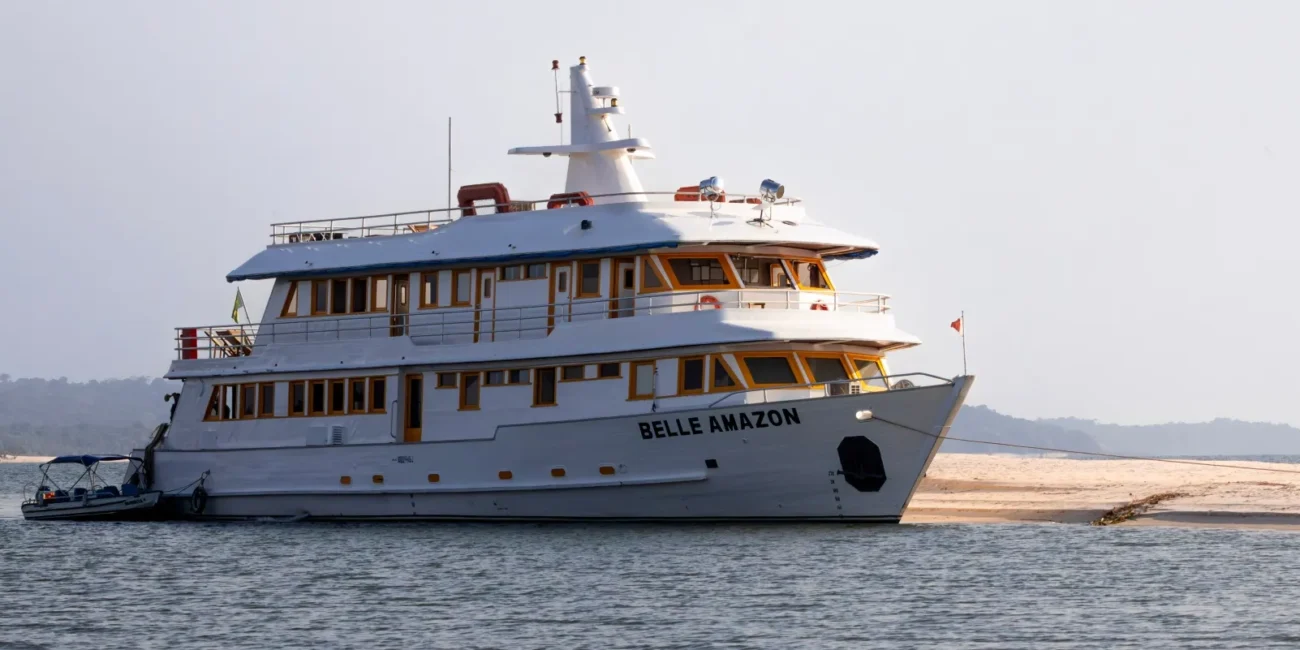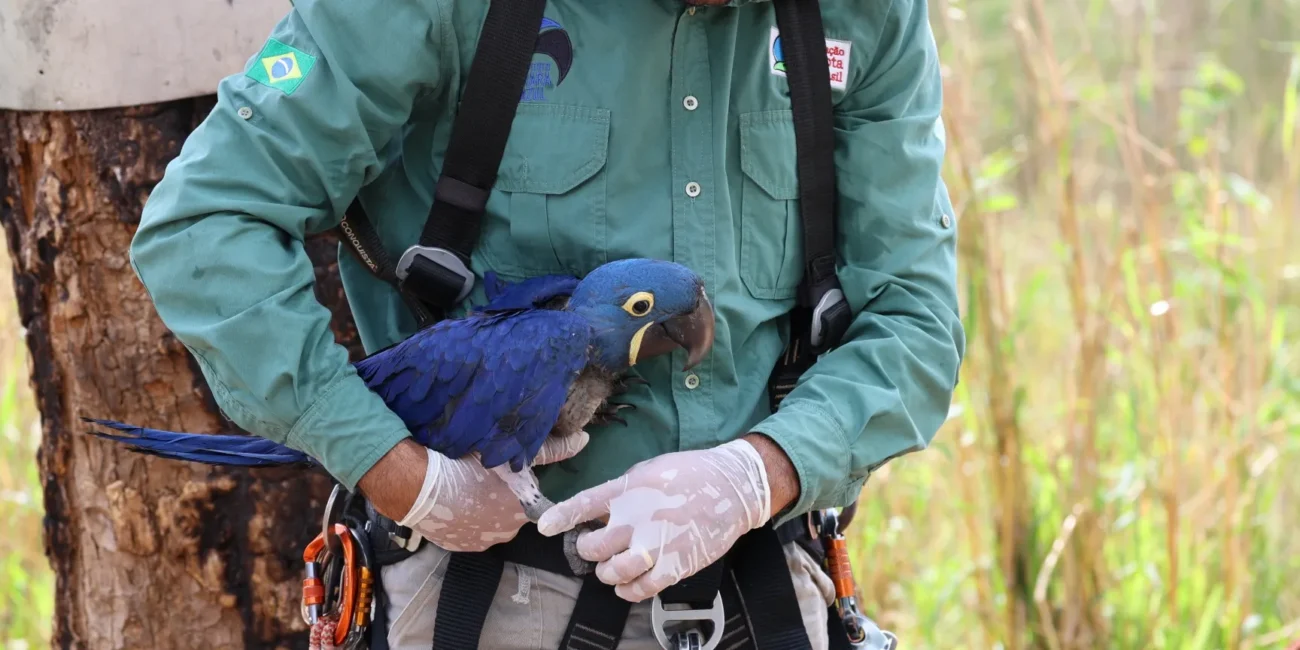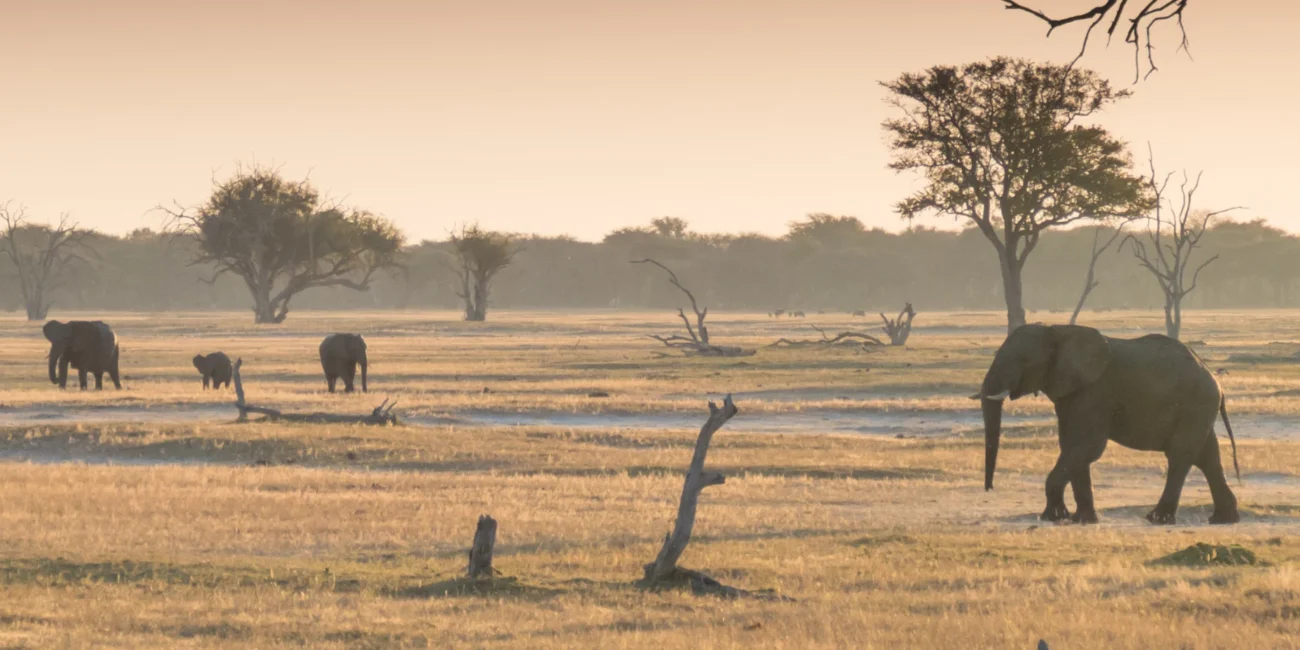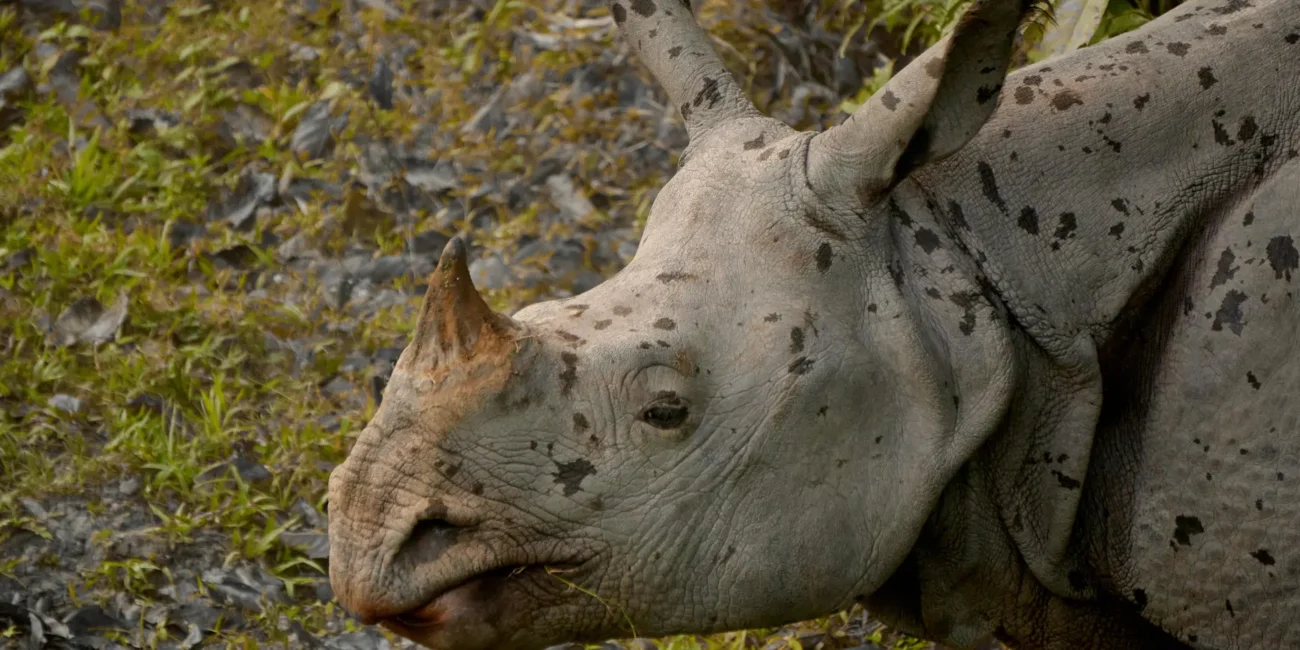The Future of Rewilding: In conversation with Director of Rewilding Britain, Alastair Driver
Featured photo credit: Sam Rose
What has been your experience of rewilding?
I’ve been a professional conservationist for 45 years. Now, and for the last 7 of those, I’ve been deeply immersed in the world of rewilding.
As Director of Rewilding Britain and a Specialist Advisor for projects like Broughton Sanctuary, I’ve witnessed remarkable transformations. Not only in terms of biodiversity recovery on the ground, but also in terms of public attitudes.
When I joined Rewilding Britain I challenged myself to play a key role in mainstreaming rewilding in Britain. This involves widespread acceptance of rewilding as a crucial tool for nature recovery, benefiting both wildlife and people.
In this country, government policy and funding have yet to catch up with public support for rewilding and landowner-led action. However, I firmly believe we are well on the way to bridging this gap.
Projects are not only contributing to significant increases in biodiversity, particularly bio-abundance, but the data collected on behalf of Rewilding Britain reveals a remarkable 78% surge in full-time equivalent jobs due to rewilding.
Additionally, there has been a noteworthy 12-fold increase in volunteer engagement, compelling statistics that policymakers can no longer afford to overlook.
How do you see the future of rewilding evolving?
To advance rewilding as a prominent land-use option in Britain, I believe the crucial step is to inspire others. The key to embedding it as a serious choice lies in fostering inspiration.
Inspiration from the pioneering efforts of others. We must discard our island parochial pride and stand on the shoulders of giants from beyond these shores.
Throughout my career, I’ve been fortunate to travel extensively worldwide. I served as the inaugural Conservation Officer for the Thames, contributing to its recovery from the post-war era. Additionally, I provided wildlife specialist assistance on expeditions led by the inimitable octogenarian explorer Col John Blashford-Snell.
Over time, I’ve gleaned valuable insights from incredibly inspirational individuals. However, true learning doesn’t just come from meeting inspirational individuals; it arises from active involvement in ground-level projects alongside them.
These personal experiences in the field with experts have taught me so many more lasting lessons than I will ever remember from conference presentations and workshop outputs.
Venturing beyond our shores is essential to inspire society further and dispel myths surrounding our limited understanding of how humans can coexist with nature. In doing so, we contribute to a more profound knowledge of what nature truly requires.
Where do you source inspiration?
Rewilding Europe displays a remarkable variety of fantastic rewilding projects across the continent. However, for me, the Carpathian Mountains in Romania have always been at the very top of my European wish-list.
Barbara and Christoph Promberger have remarkably saved the Făgăraș Mountains of this region from illegal logging. Whilst simultanousely setting up Foundation Conservation Carpathia and protecting an area of 78,000 ha.
In addition to the thriving populations of wolf, lynx, brown bear, and elk, the recent introduction of bison highlights the extraordinary biodiversity of this region. This underscores the elevated ecological status that I am referring to.
None of those species are present in the wild in Britain now, but they were once part of our ecosystem. If Britain weren’t an island some species, like the wolf, might have naturally returned as seen in the rest of Europe.
As things stand however, we would need to pro-actively re-introduce them because they have all been absent for so long. This requires a huge leap of faith for our shifting-baselined societal thinking.
For the future of rewilding, we need to build momentum to take this leap of faith and to do that. We can’t just sit back chuntering from our little island high ground.
We need to get out there, learn how others have overcome the problems and challenges. See all the amazing successes for ourselves in the company of experts. Then finally bust the myths and return inspired to spread the word.
I am excited for my visit to the Carpathians in June with Journeys With Purpose that will be hosted by Barbara and Christoph, and most eager to connect with like-minded guests.
I have no doubt whatsoever that the memories and learnings from the visit will live with us forever. Injecting us with the kind of inspiration and ambition we all need to strive to do more and better for nature in any way we can.
